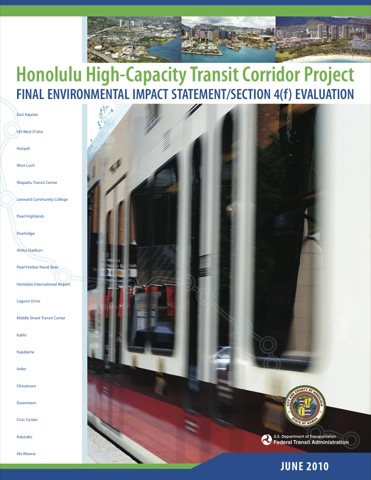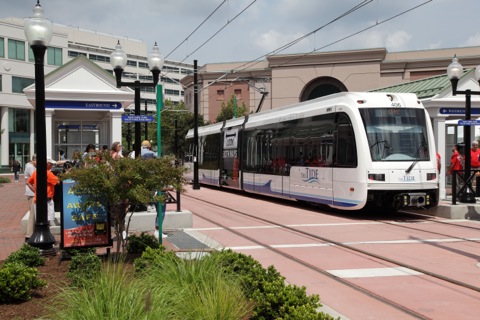The California legislature based its approval of the sale of billions of dollars of bonds to start construction of high-speed rail partly on claims that the rail line would help revitalize California’s economy. But now a study from UCLA finds that Japan’s high-speed rail line, one of the most popular in the world, failed to boost that nation’s economy.
“Rather, the evidence suggests high-speed rail simply moves jobs around the geography without creating significant new employ- ment or economic activity” says the study. “As an engine of economic growth in and of itself, CHSR will have only a marginal impact at best.”
The California High-Speed Rail Authority responded to the study by trotting out an architect who claimed all sorts of benefits for the train. Asking an architect to respond to an economic analysis is like asking a plumber for a second opinion on your cancer diagnosis. The plumber might give you the answer you want, but probably not the right answer.









